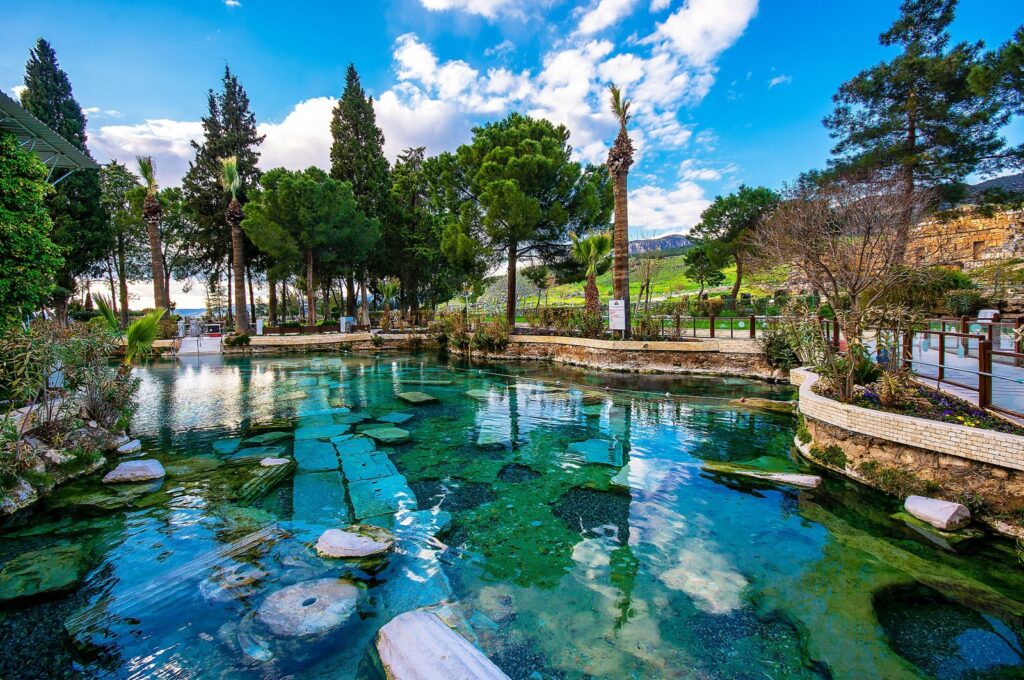With the peak of summer frenzy over and temperatures starting to drop, now is the perfect time to enjoy a relaxing and soothing mud bath in one of Turkey’s many popular yet secluded holiday destinations.
Turkey has many historic and famous mud bath and hot springs locations that can easily be incorporated into a holiday or weekend getaway. Accessible by boat, plane, train or car, visit some of Turkey’s most incredible towns with historic and medicinal mud baths. Soaking in a mud bath is a detoxifying, healing and beauty treatment that has been common in the region for centuries.
Turkey’s natural mud baths are made primarily from sulfur- and mineral-rich thermal spring waters and are believed to be a rejuvenating elixir for the skin. When the mud dries, it tightens the skin, reducing the appearance of wrinkles and stretch marks and curing certain skin disorders. Mud baths are also believed to be effective against rheumatism and joint disorders, and playing and getting covered in mud is an experience that is both invigorating and relaxing at the same time.
Queen Cleopatra of Egypt was famously a fan of Turkish thermal springs, and in fact her torrid love affair with Mark Antony was marked by them. The Roman general must have been well aware that baths in sulphurous springs and mud coverings were an important part of the Egyptian queen’s beauty regimen. He is also said to have gifted her the thermal springs named after her at Pamukkale in Denizli.
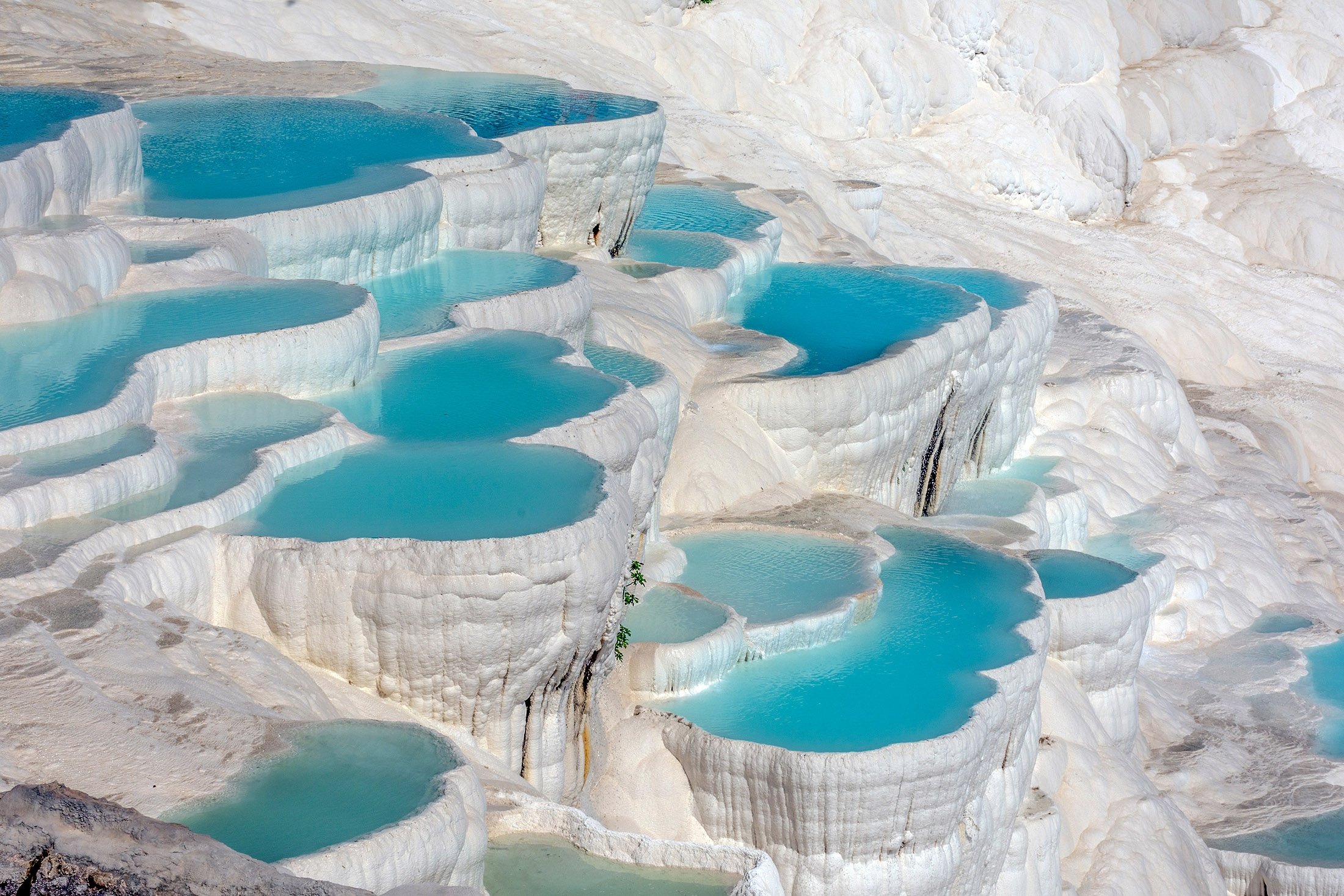
Pamukkale. (Shutterstock Photo)
Getting muddy at “Cotton Castle”
Pamukkale, a UNESCO World Heritage Site in Denizli, translates as “cotton castle” in Turkish and consists of a miraculous formation of flat, white travertine dish-shaped pools, created from the calcium and minerals of the hot springs. Visiting this destination is a must, and although it is not on the coast, Denizli is easily accessible by plane, car, bus, and even train. Time-wise the train journey is the longer option, but I always traveled by train when traveling in Turkey with friends. The charming sleeping cars with windows that allow you to see all the towns you pass make the journey just as interesting of an adventure. Pamukkale has plenty of bed and breakfasts along the towns, with a great view of the pools as a backdrop. The mud bath portion of the excursion takes place on the highly calcified terraces themselves, and you can see the terraces where the mud formed if you walk barefoot along the designated paths, as mandated by conservation measures.
Pamukkale’s ruins also include the ancient thermal city of Hierapolis, founded by the Romans in the 2nd century BC. It features an amphitheatre, beautifully preserved columned walls, and Cleopatra’s Pool, a vast thermal pool with ancient columns and submerged water that was a gift from Mark Antony to the Egyptian ruler. For a wilder walk, head to Karahayit, less than eight kilometers (five miles) north of Pamukkale. A miniature version of its historic neighbor, it features flat travertine pools, hot springs, mud baths and fish foot massages (where small fish eat dead tissue from your feet).
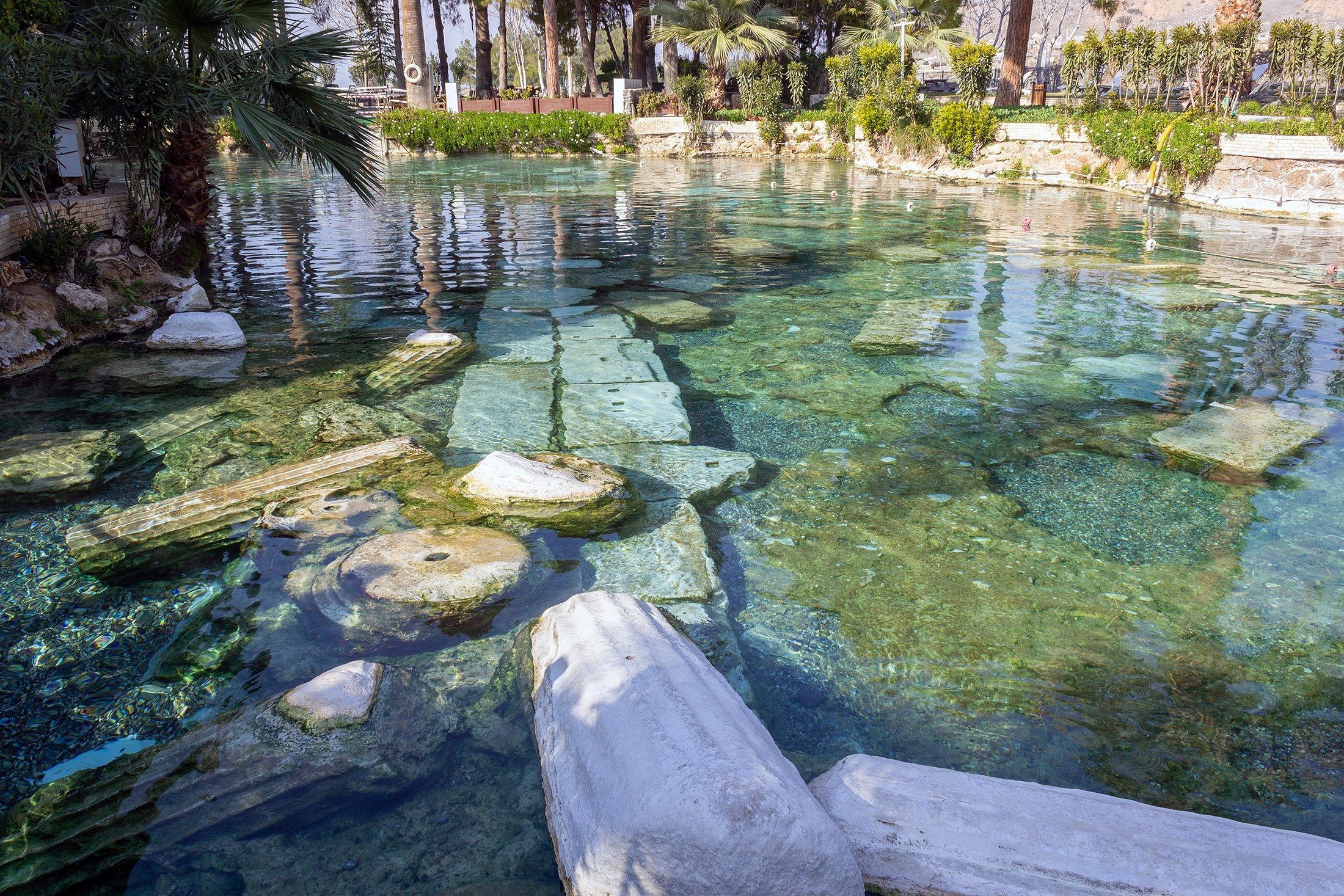
The ancient city of Hierapolis. (Shutterstock Photo)
Sultaniye Mud Baths and Hot Springs
The Sultaniye Mud Baths and Hot Springs, located on Lake Koyceiz between the towns of Koyceiz and Dalyan in Mugla Province in southern Turkey, is the most visited mud bath in Turkey, and it is said that the Queen of Egypt also visited it from time to time in the past. However, in this case, in addition to Cleopatra, it has been reported in the news that Spanish Prince Felipe de Carlos, Sting, David Bowie, Jack Nicholson, Dustin Hoffman, Robert Maxwell, and others have also bathed in the Sultaniye mud baths and hot springs, and Sultaniye is still a popular tourist destination today.
Literally lining both sides of Lake Koyceiz, the Sultaniye Mud Baths and Hot Springs are frequented by quaint ferries that depart from Dalyan and Koyceiz. The ferries are specially designed to be shallow and have covered propellers, as the connecting Iztuz Beach is a popular nesting ground for Caretta carettas, also known as loggerhead turtles. The waters are connected to Lake Koyceiz by a maze of reeds that lead to the waterways adjacent to Dalyan. The hot springs and beach are serviced by ferries unique to the region, emblazoned with a sign that reads “Captain June Approved.” It’s named after June, a well-known British expatriate who still lives in Dalyan in his late 90s. Decades ago, June, along with others, rallied to protect the beach from development.
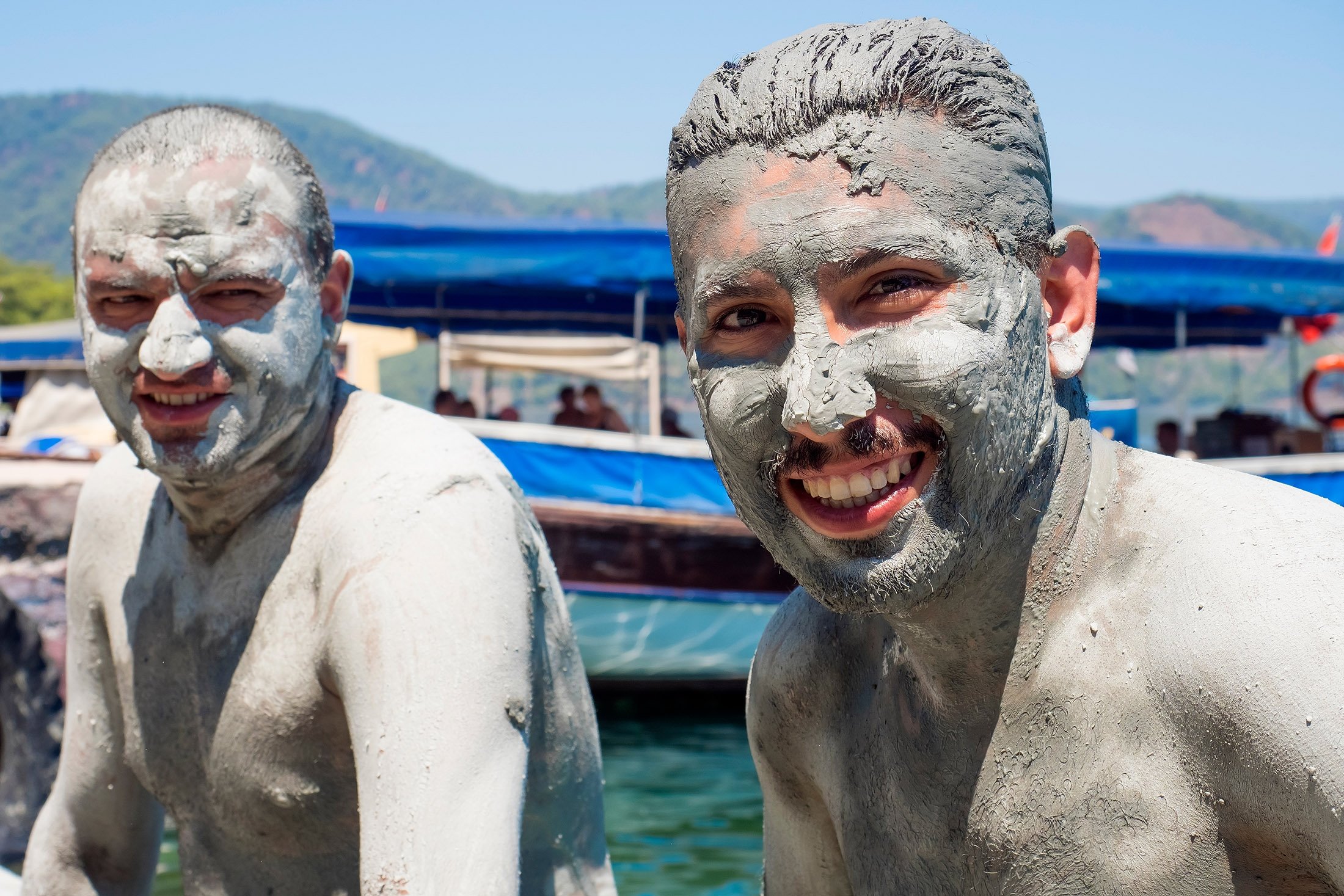
People enjoying a mud bath at Sultaniye. (Shutterstock Photo)
You can also reach it by car via Ekinchik, but if you arrive by boat you’ll enjoy the mystical view of the green domes in which the hot springs are located. The mud baths are huge outdoor pools that you can wade into. Once you’re covered in mud, lie down on the edge of the lake and see if you can spot a giant turtle passing by. I did! After the mud bath, it’s time to head to the hot springs, which have several heated pools, both outdoors and inside domes.
Gokceada Salt Lake
Turkey’s Gökceada Island, the world’s first designated “Cittas Slow City”, boasts as much history as it does spectacular nature, including the salt lake that spills into the sea at Eşek. Eşek is bordered by the beaches of Aydıncık and Kefalos, and the area is known for its fierce winds, making it one of Turkey’s top windsurfing and kitesurfing destinations.
The island is located in Turkey’s western province of Canakkale and can be reached by car from Istanbul or by boat from the cities of Canakkale or Eceabat. It features ruins of a castle built during the reign of Suleiman the Magnificent, Marmaros Waterfalls, Turkey’s first underwater marine park, and the Peynir Kayalkali rock formation, which resembles a block of cheese. With a coastline of 95 kilometres, it is Turkey’s largest island. The town itself retains a harmonious blend of Greek and Turkish traditions, with a cuisine to match, and the island’s agriculture is almost entirely organic.
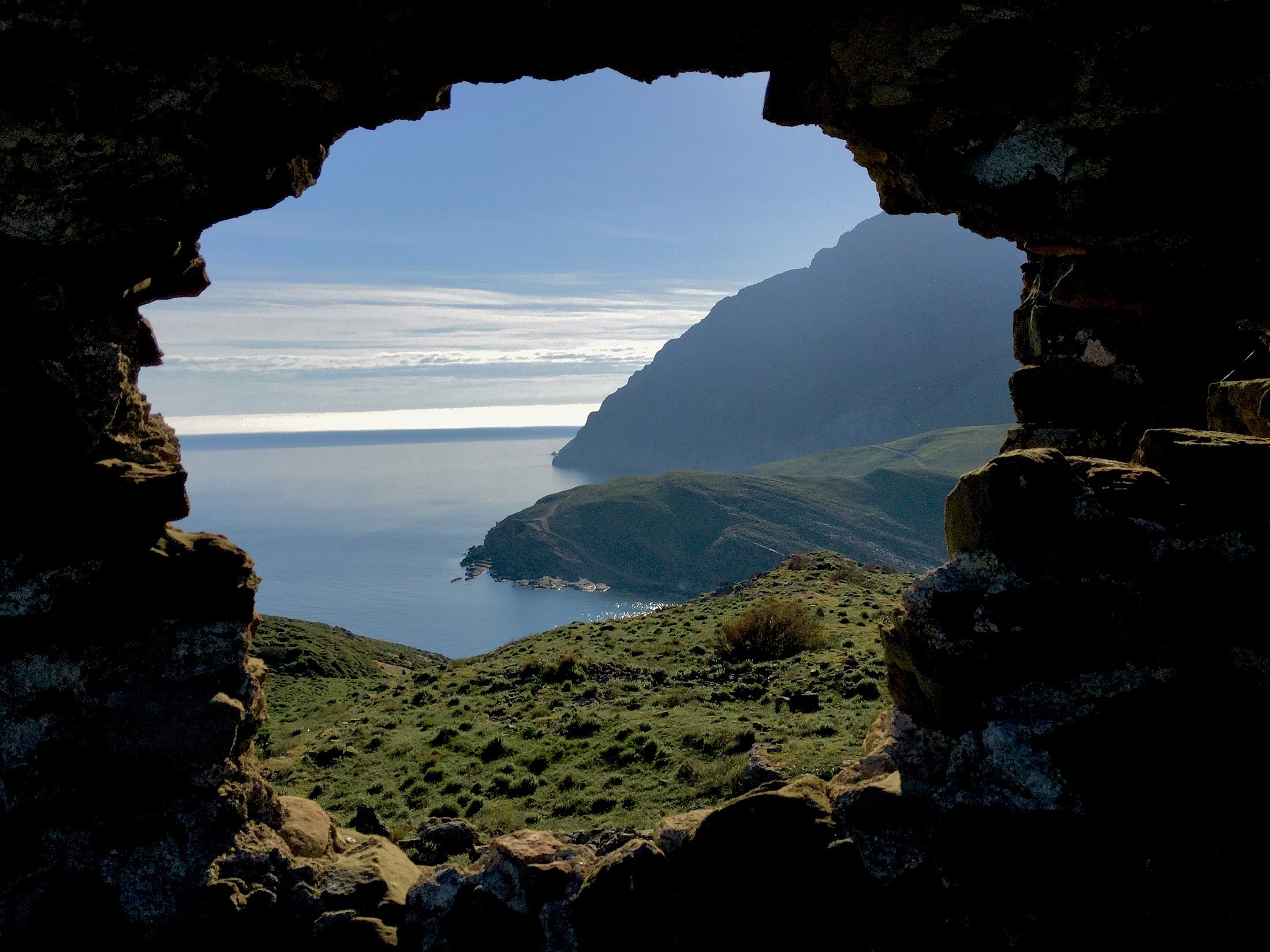
View of Gokceada Island. (Shutterstock Photo)
Speaking of mud, Gökceada’s mud baths are all natural and involve heading to where the salt lake meets the sea, lying down on the beach and letting the mud soak into your skin, watching the colourful kites and sails of daredevils chasing the wind on the water, and then taking a dip in the sea afterwards to wash the mud off.

Daily Saba Newsletter
Stay up to date on what’s happening in Turkey, the region, and the world.
sign up
You can unsubscribe at any time. By signing up, you agree to the Terms of Use and Privacy Policy. This site is protected by reCAPTCHA and the Google Privacy Policy and Terms of Service apply.


